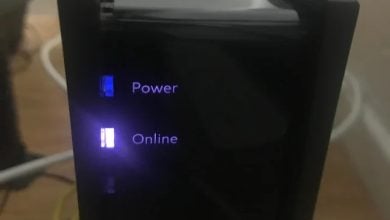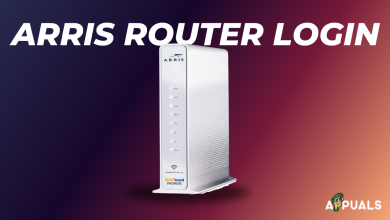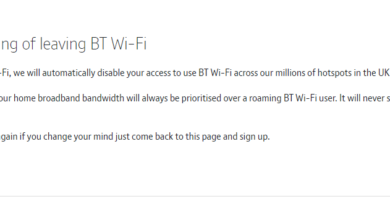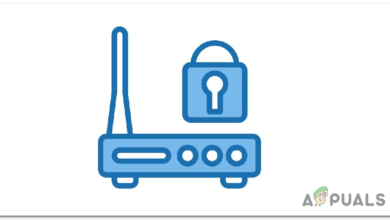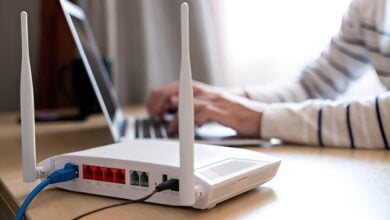How To Change Your Wi-Fi Name and Password – Easy Guide
Every Wi-Fi network is setup with a password so that only select people have access to it. And like any other key, the Wi-Fi password should be a secure one. If you feel that your Wi-Fi password is a bit on the weak side, read on below to learn how you can change your Wi-Fi name and password.
Table of Contents:
Accessing Your Router’s Settings Remotely
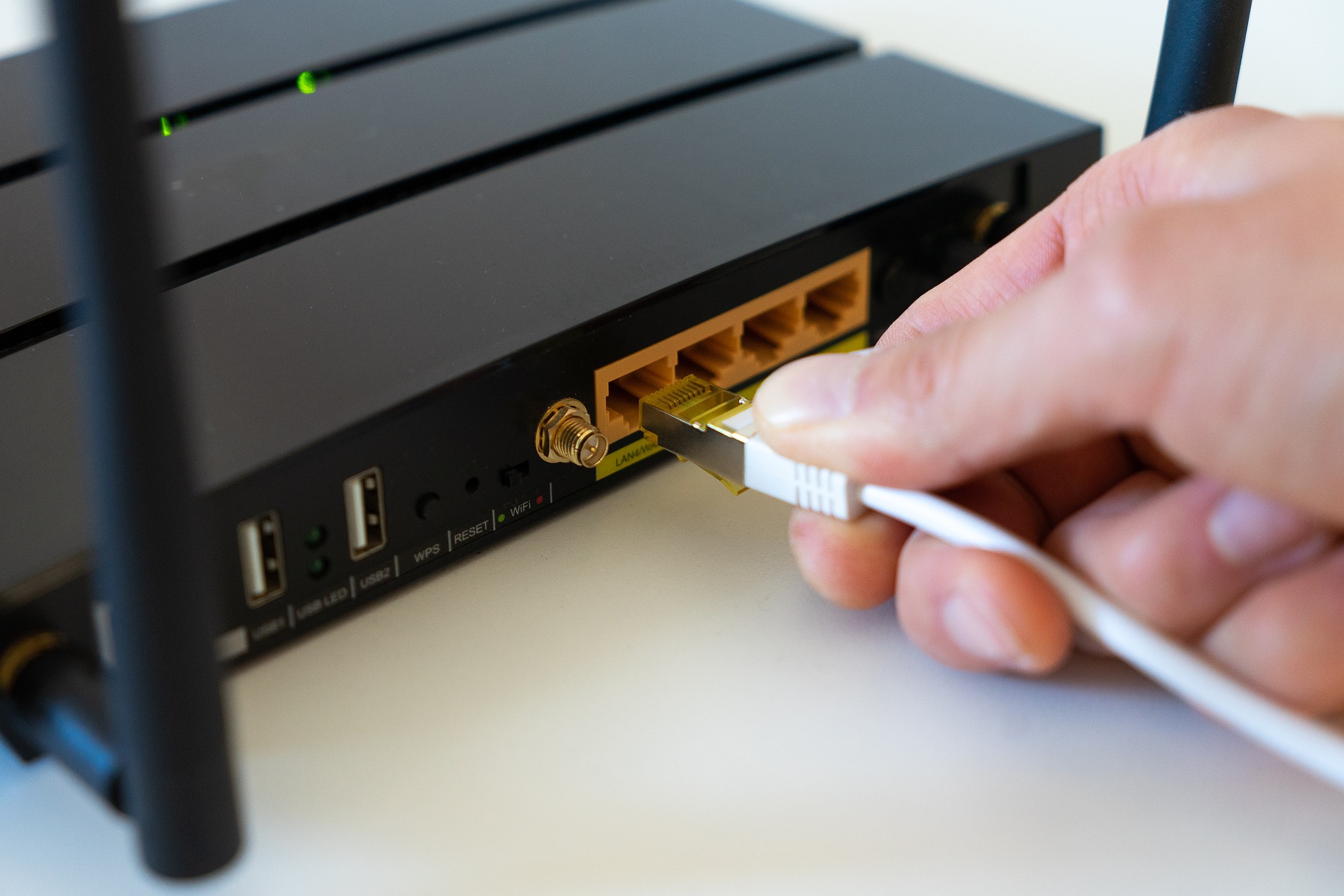
Your router is the central hub of your Wi-Fi, and you can manage it by visiting its configuration portal or page through a web browser on any device.
You usually access this page through an IP address, typically something like 192.168.1.1 or 192.168.0.1. Simply typing this into the search bar of your web browser should lead you to your router’s configuration page.
If you have a router from certain brands like TP-Link, you may access your settings via specific URLs, for example, http://tplinkwifi.net. Some routers even come with dedicated apps for easy access.
In case you’re not sure about your router’s configuration page address, look at the bottom of your router; you’ll often find a sticker with this information. Another way to find your router’s address is to use the “ipconfig” command in Command Prompt (for Windows) or Terminal (for Mac) and look at the “Default Gateway” value. That should be the address you type into your browser.

Changing the Wi-Fi Name and Password
To make changes in your router’s settings, you’ll need a username and password. This isn’t your Wi-Fi password or SSID but a different set of credentials usually found on the same label at the bottom of your router. If all else fails, reach out to your ISP and they’ll help you out.
Follow the steps mentioned below to change your Wi-Fi network’s password and name. It should be kept in mind that every router configuration page is different. But since these differences are not too substantial, these instructions act as a general guide for most types of routers.
Changing your Wi-Fi SSID (name)
The Service Set Identifier (SSID), which is simply the technical term for your Wi-Fi network’s name, is often left unchanged. Usually, your ISP sets it as something generic that includes the brand’s name. To modify it, first visit the configuration portal at 192.168.1.1 or 192.168.0.1 or a custom site.
- Log in with your username and password on the router’s configuration page. In most cases, the username is “admin”. To confirm your credentials, check the underside of the router again.
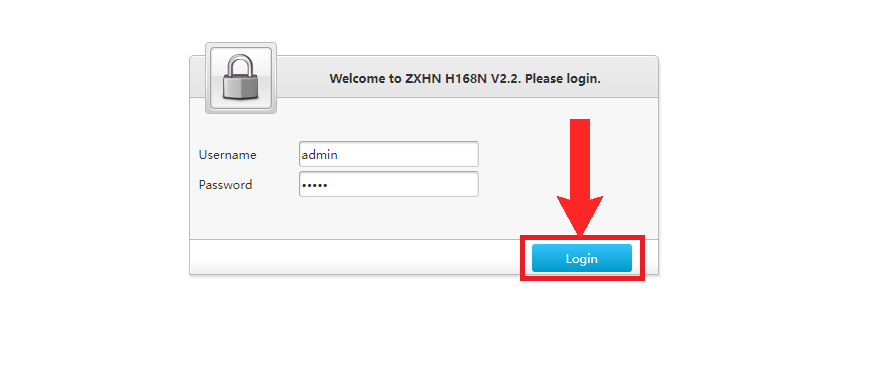
Click “Log In” once the correct credentials are entered - Next, head on over to the Wireless section. It might be called Wi-Fi or WLAN for you.

Select “Wireless” - : Now, look for a tab labeled Basic or General. You should find a box where you can input the SSID, or your Wi-Fi name.
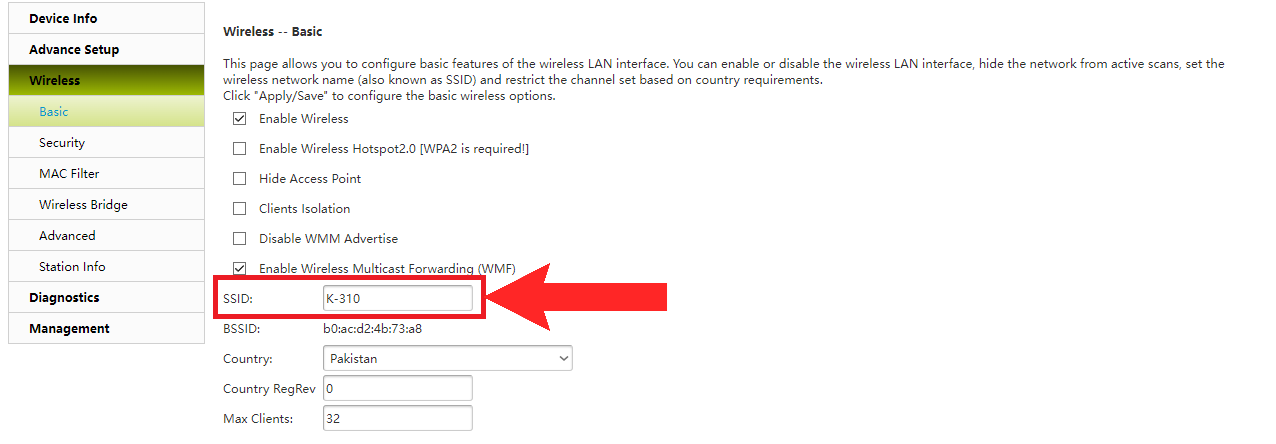
Change the Wi-Fi name to your liking - Finally, click on Apply/Save to lock in your new Wi-Fi SSID.
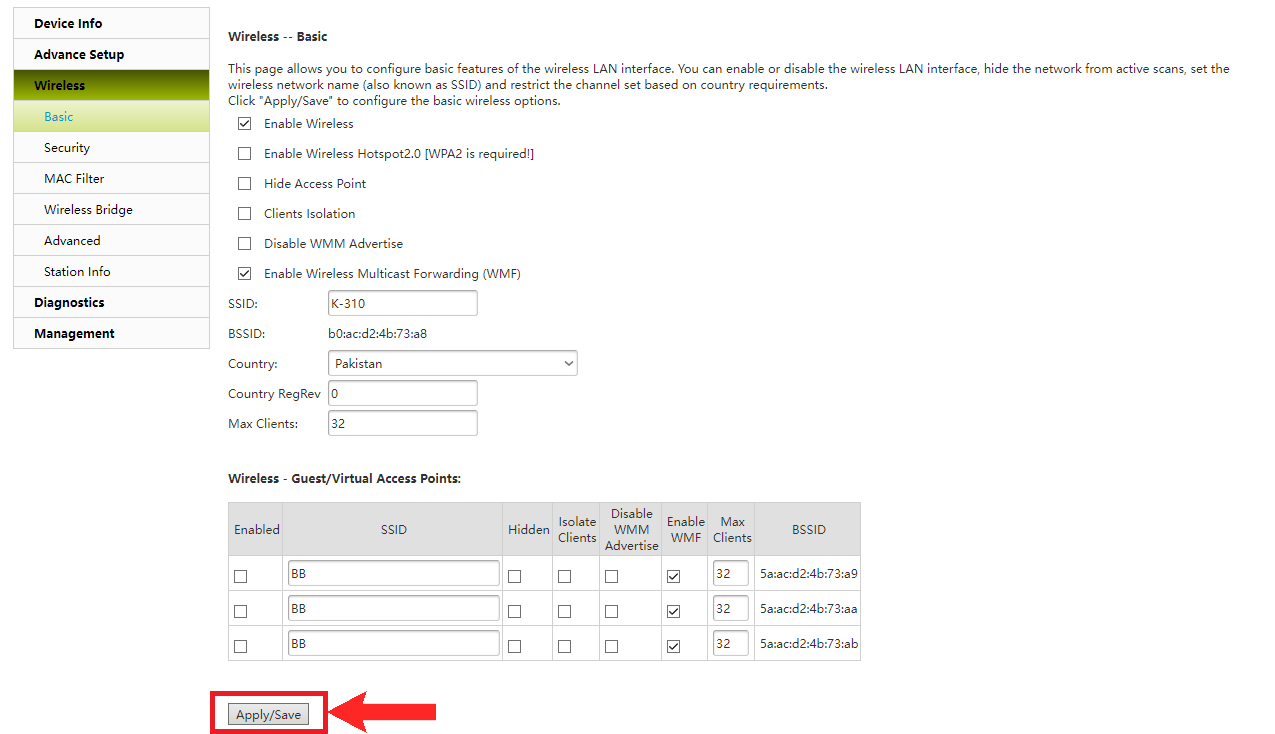
Click on “Apply/Save” to save your settings to save your settings
You should now be seeing a new name for your Wi-Fi network across all your devices. You might need to reconnect to the Wi-Fi after these changes.
Changing your Wi-Fi password
To change your Wi-Fi password, follow these instructions:
- Revisit your router’s configuration portal, just as you did when changing the Wi-Fi name, and log in using the same credentials.

Click “Log In” once the correct credentials are entered - Look towards the side or the top of the page and direct yourself to the Wireless/WLAN/Wi-Fi section.

Select “Wireless” - Now, in most cases the password can be changed through the Basic/General configuration tab. However, sometimes, this might not be the case. Therefore, in these cases the password can be changed through the Security tab.

Under the “Wireless” section, select “Security” - You can change your password in the input box labeled WPA/WAPI passphrase. The exact name of the input box can differ but it should be in the realm of key/pass or might just be called “password” in more modern setups. Here, simply type out your new password.

The “WPA/WAPI passphrase” input box holds your password - Likewise, click on Apply/Save to save your changes.

Click on “Apply/Save”
After this change, you will certainly be logged out of all devices currently connected to your Wi-Fi. Make sure to re-login with the new password so that you’re up and connected across the board.
Why Change Your Wi-Fi Password?
Your Wi-Fi password is crucial as it safeguards your Internet connection and all data logged on it. Unauthorized access could expose private data or invite malware. It’s important to maintain a secure Wi-Fi password. Using the steps provided earlier, you can change your password to enhance your network security in no time.
Now that you’ve successfully changed your Wi-Fi name and password, it’s crucial to keep them secure. Regularly updating your password and ensuring it’s strong can protect your network from unauthorized access.
Wi-Fi Name & Password Change - FAQs
Check the sticker on the router for the default credentials. If you changed and forgot them, you may need to reset the router to factory settings.
Change your Wi-Fi password every 3-6 months or immediately if you suspect a security breach. Make sure it’s strong and unique.
Check your network connection and entered details. If issues persist, reset your router or contact your ISP or router manufacturer.
A strong password has at least 12 characters, with a mix of upper and lower case letters, numbers, and special symbols. Avoid easy-to-guess information like your name or birth date.
Yes, you can change these settings from your phone by accessing the router’s configuration page via a browser or a dedicated app.
After changing your password, all devices must reconnect using the new password. Check for correct password entry and consider a router and device restart if issues persist.
Changing your password generally enhances security. Altering the SSID makes the network more identifiable for you and less identifiable for hackers.
While some special characters are allowed, others may cause issues. Stick with alphanumeric characters and simple punctuation for best results.
 Reviewed by
Reviewed by 
